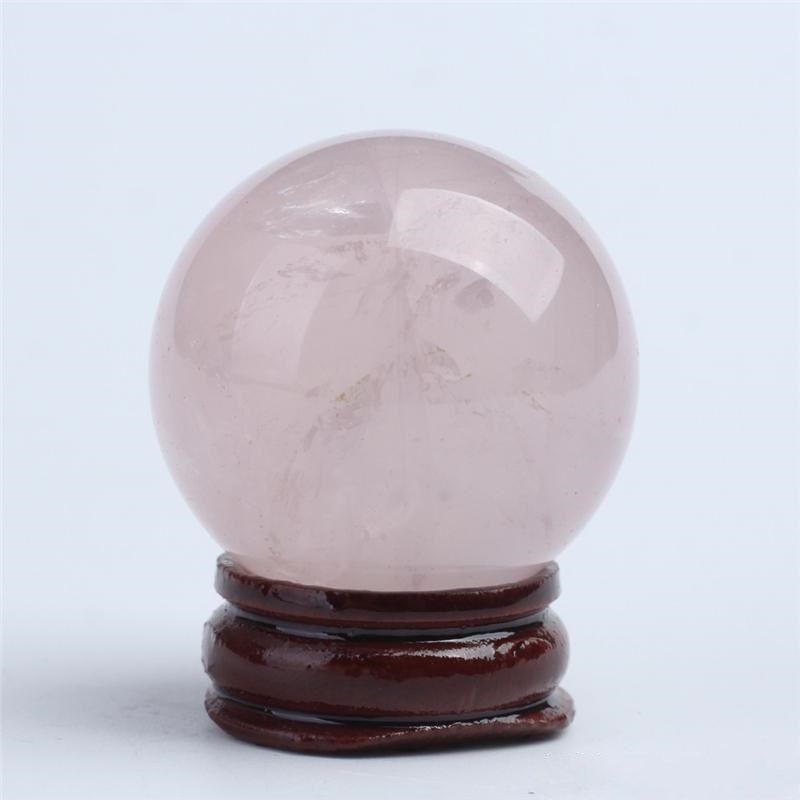

In: Current Diagnosis & Treatment in Otolaryngology - Head & Neck Surgery. Evaluation and management of middle ear trauma. To keep water out of the ear when showering or bathing, use a moldable, waterproof silicone earplug or put a cotton ball coated with petroleum jelly in the outer ear.ĭon't put medication drops in the ear unless your provider prescribes them specifically for infection related to the perforated eardrum. If you think that you have a ruptured eardrum, be careful to keep your ears dry to prevent infection.ĭon't go swimming until your condition has been evaluated and discussed with your provider. Do you put anything in your ear to clean it?.Have you been swimming or diving recently?.Did you have symptoms such as pain or vertigo that cleared up?.When did you first experience symptoms?.Your provider is likely to ask you a number of questions, including:

At what point do we need to consider other treatments?ĭon't hesitate to ask other questions you have.What type of follow-up appointments will I need?.If I have a ruptured eardrum, what do I need to do to protect my ear during the healing process?.What else could be causing my hearing loss and other symptoms?.If you think you have signs or symptoms of a ruptured eardrum, you may want to ask your provider some of the following questions. Medications, including any vitamins or supplements you're taking.Relevant events that may be related to your ear problems, such as a history of ear infections, recent ear injuries or head traumas, or recent air travel.Symptoms you're experiencing, including any that may seem unrelated to hearing loss, fluid discharge or other ear-related symptoms.Make a list ahead of time that you can share with your provider. Here's some information to help you prepare for your appointment. However, your provider may refer you to a specialist in ear, nose and throat (ENT) disorders (otolaryngologist). If you have signs or symptoms of a perforated eardrum, you're likely to start by seeing your provider. The pressure created when blowing your nose can damage the healing eardrum. Give the eardrum time to heal completely. Place a waterproof silicone earplug or cotton ball coated with petroleum jelly in the ear when showering or bathing. Until your provider tells you that your ear is healed, protect it by: Request an Appointment at Mayo Clinic Lifestyle and home remediesĪ ruptured (perforated) eardrum usually heals on its own within weeks. In an outpatient procedure, you can usually go home the same day unless medical anesthesia conditions require a longer hospital stay. This procedure is done on an outpatient basis.
#Homeopathic tiny balls Patch
Your surgeon grafts a patch of your own tissue to close the hole in the eardrum. The most common surgical procedure is called tympanoplasty. If a patch doesn't result in proper healing or your ENT doctor determines that the tear isn't likely to heal with a patch, he or she may recommend surgery. The procedure may need to be repeated more than once before the hole closes. With this office procedure, your ENT doctor may apply a chemical to the edges of the tear, which can promote ear drum healing, and then apply a patch over the hole. If the tear or hole in the eardrum doesn't close on its own, an ENT specialist may seal it with a paper patch (or a patch made of other material). If the tear or hole in the eardrum doesn't heal by itself, treatment will likely involve procedures to close the tear or hole.


Your provider may prescribe antibiotic drops if there's evidence of infection. Most ruptured (perforated) eardrums heal without treatment within a few weeks. Your surgeon grafts a tiny patch of your own tissue to close the hole in the eardrum. In some cases, your surgeon treats a ruptured eardrum with a procedure called tympanoplasty.


 0 kommentar(er)
0 kommentar(er)
